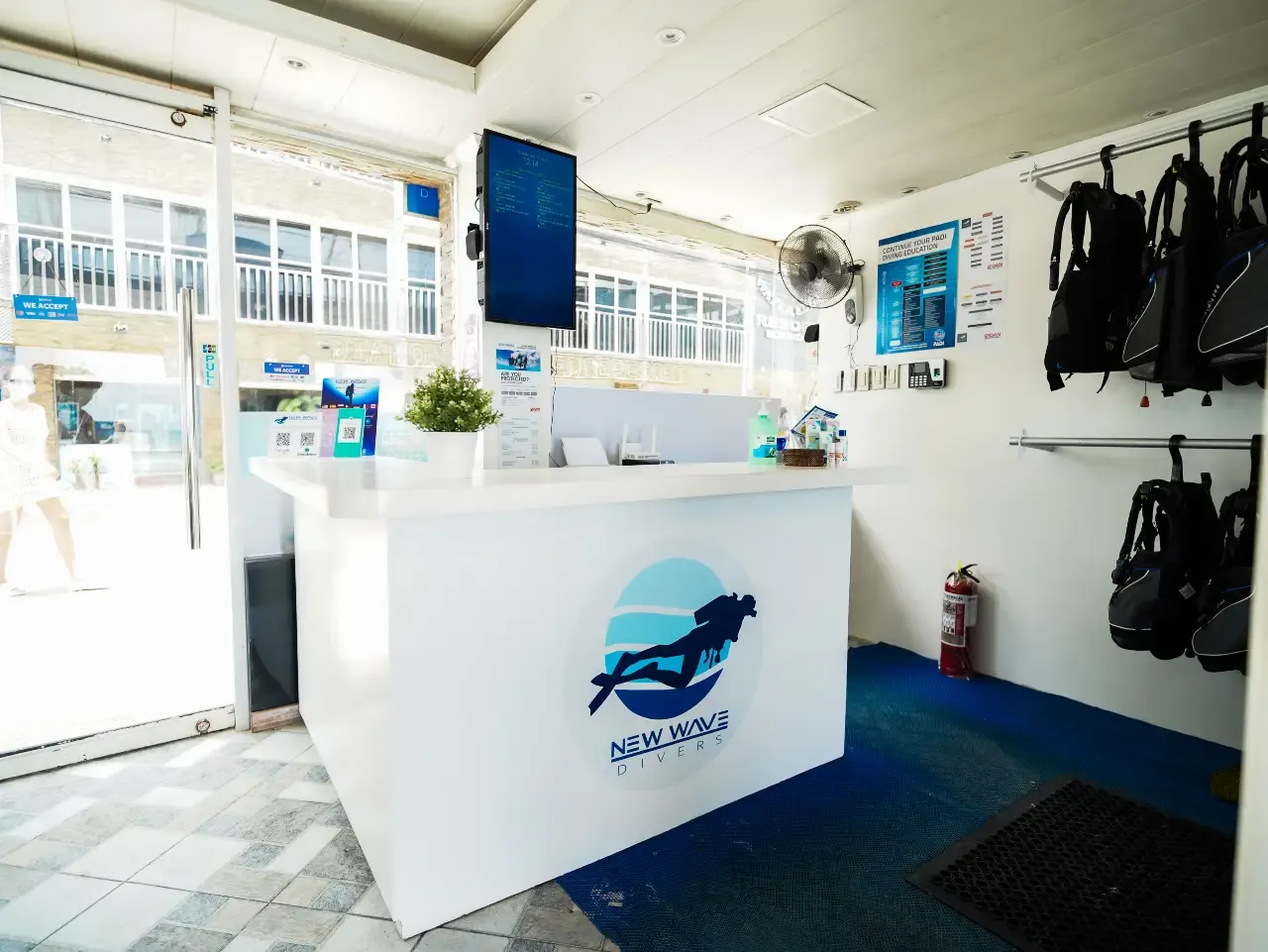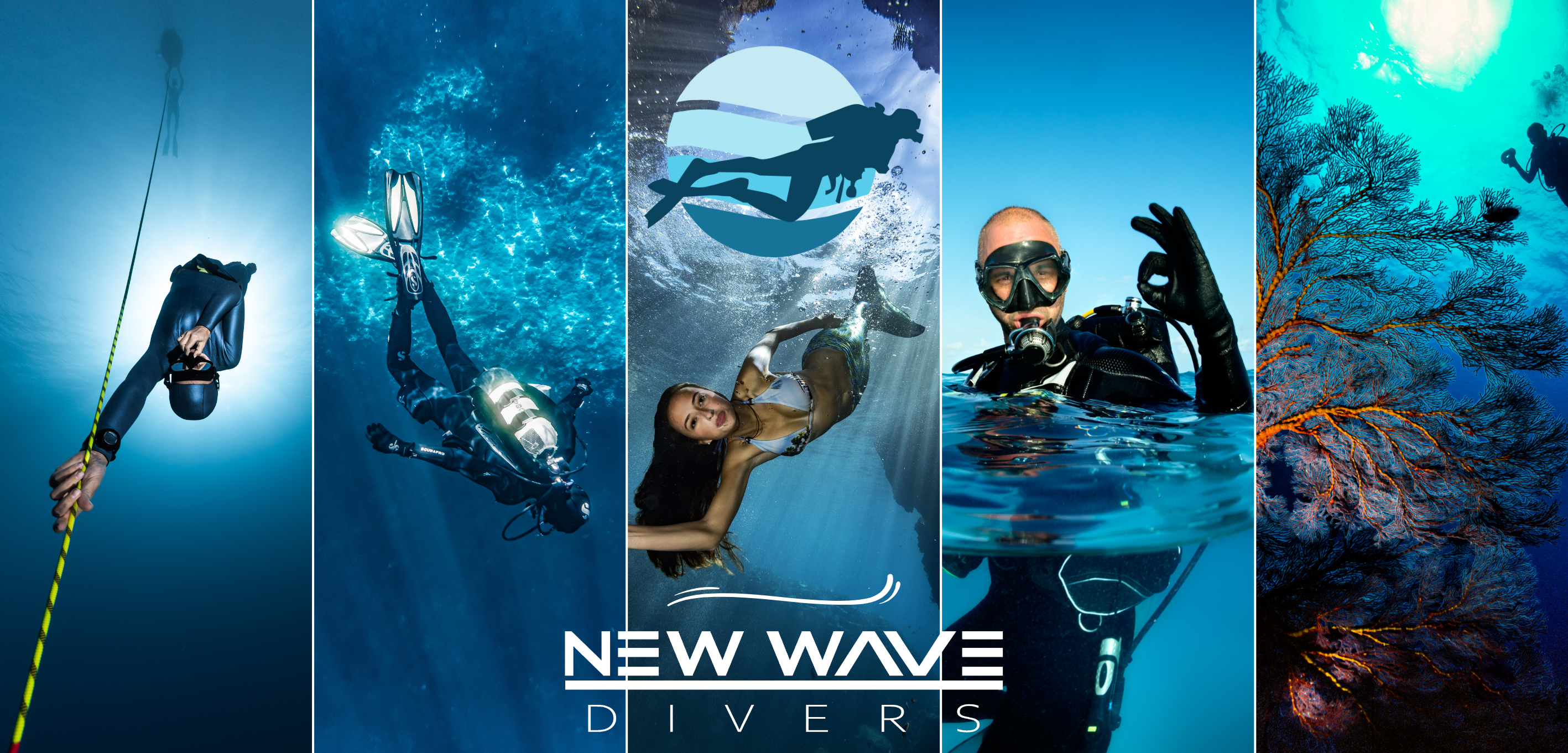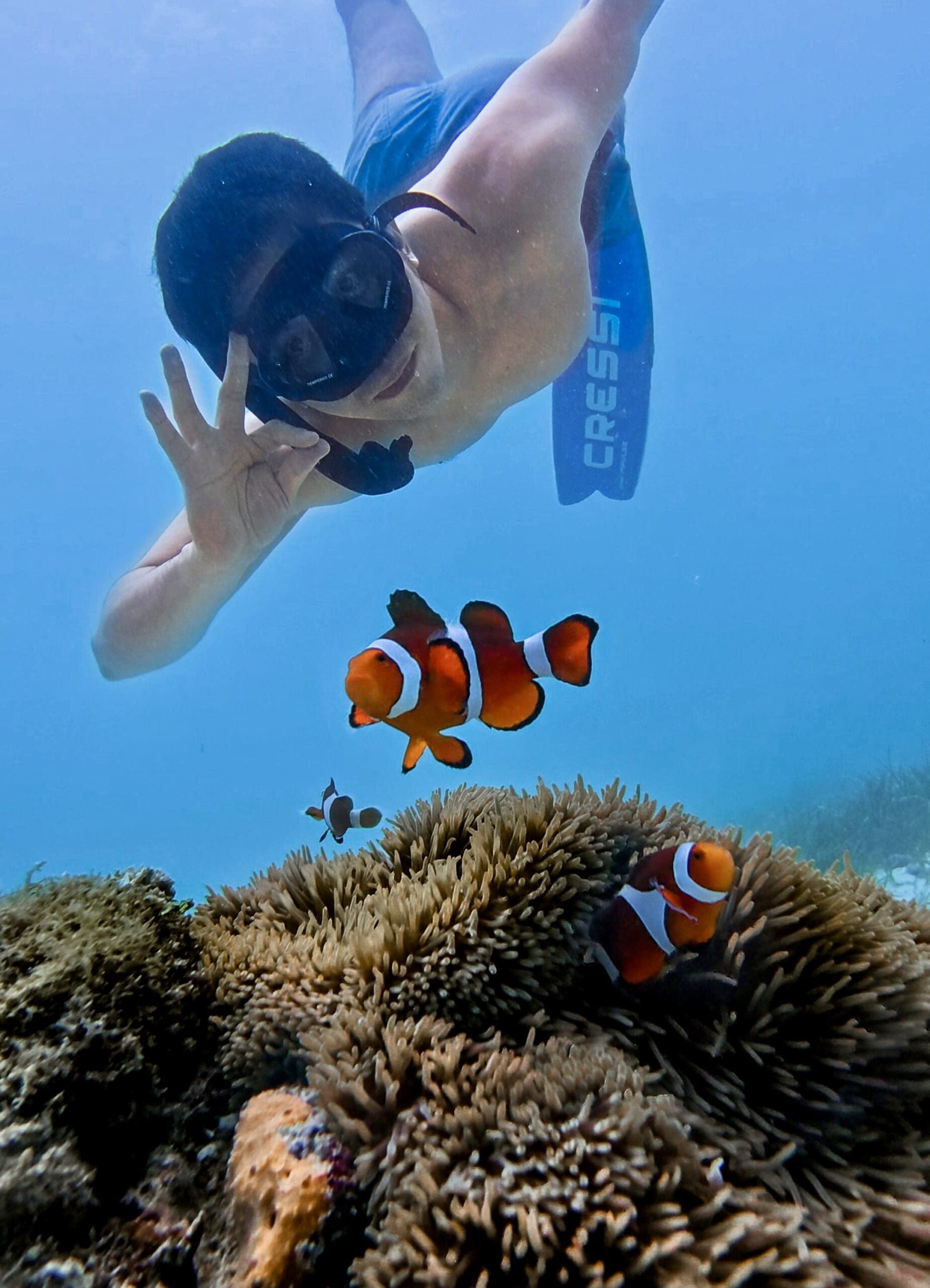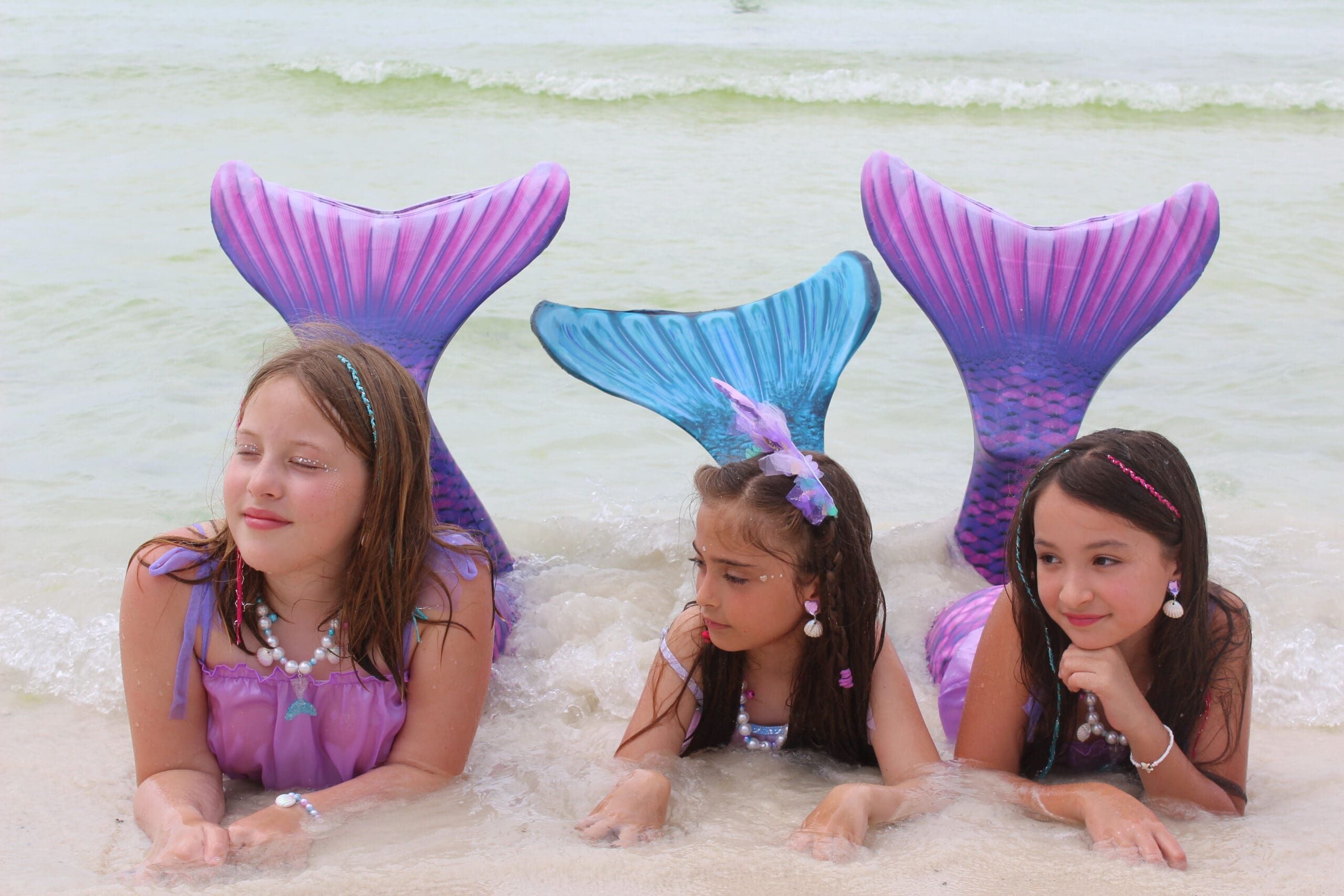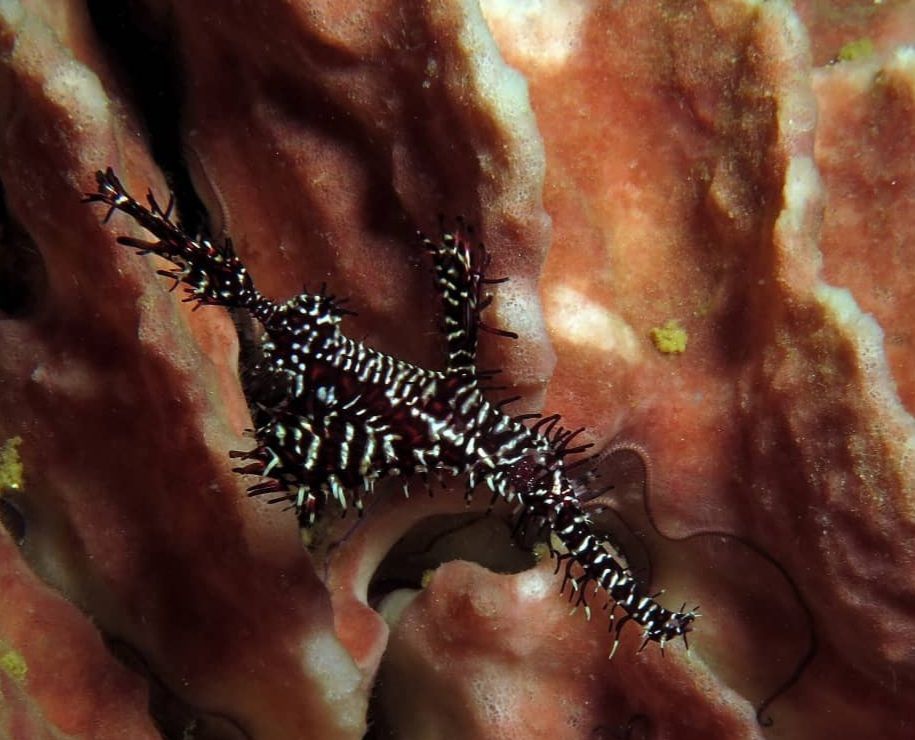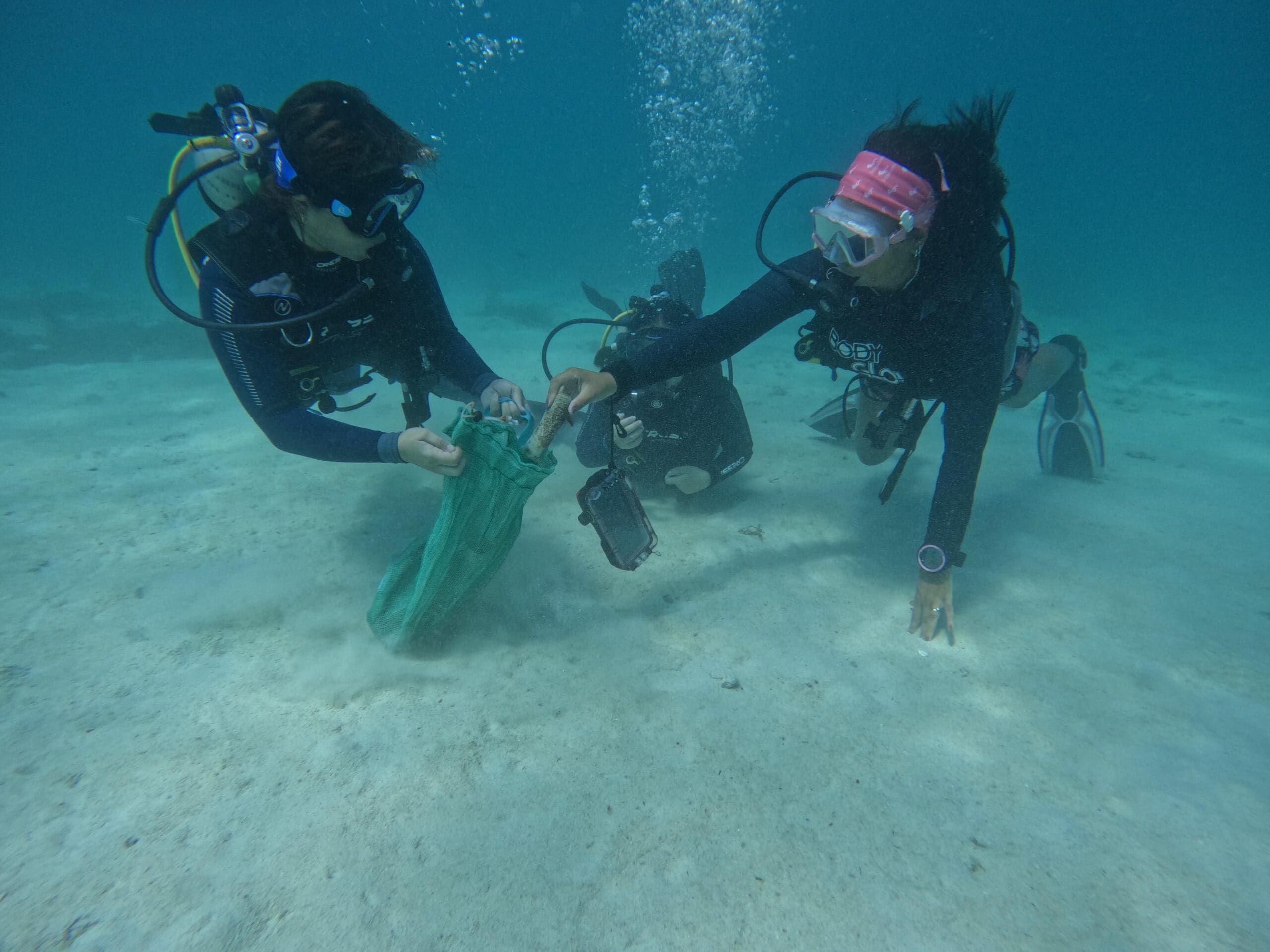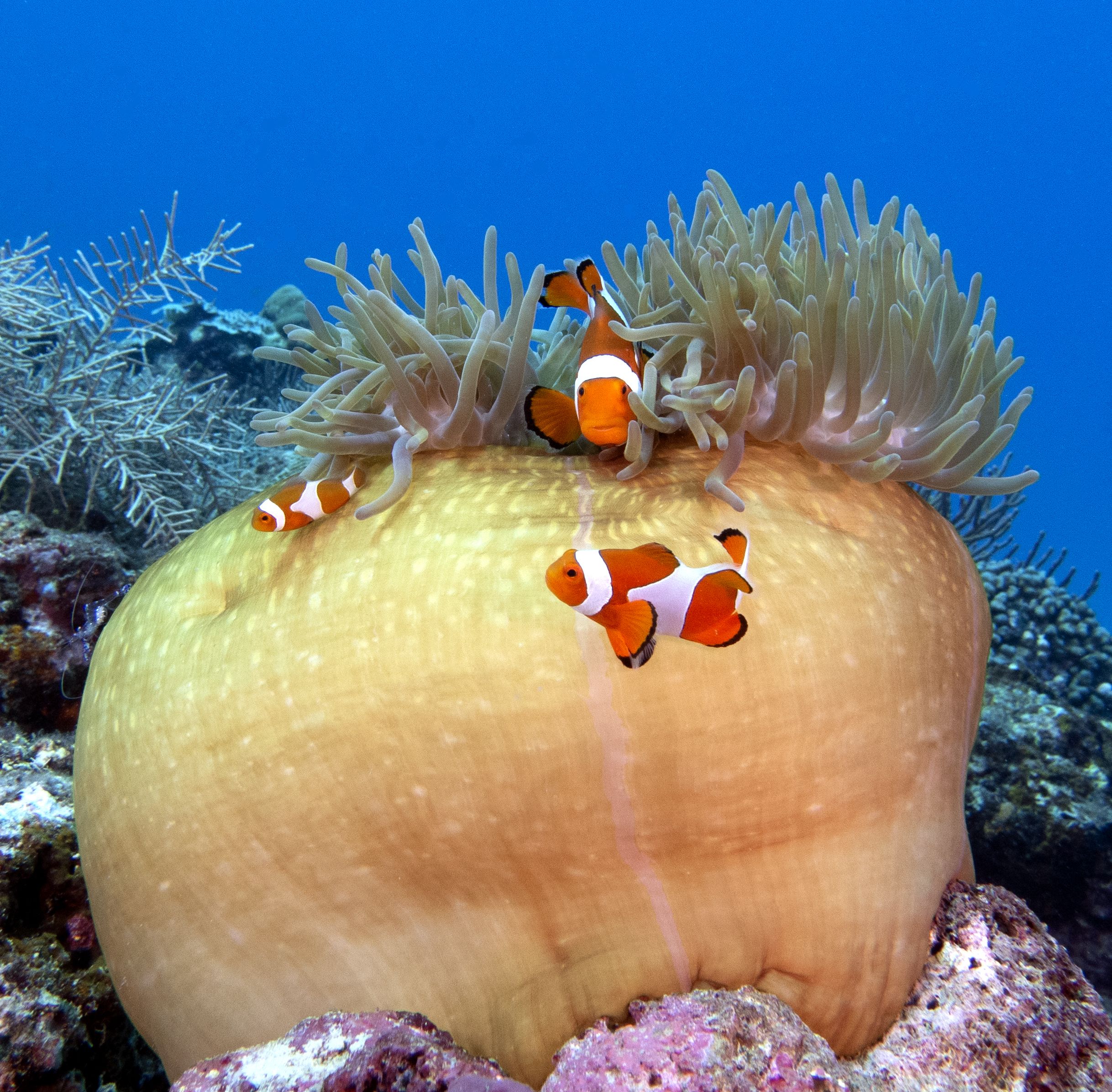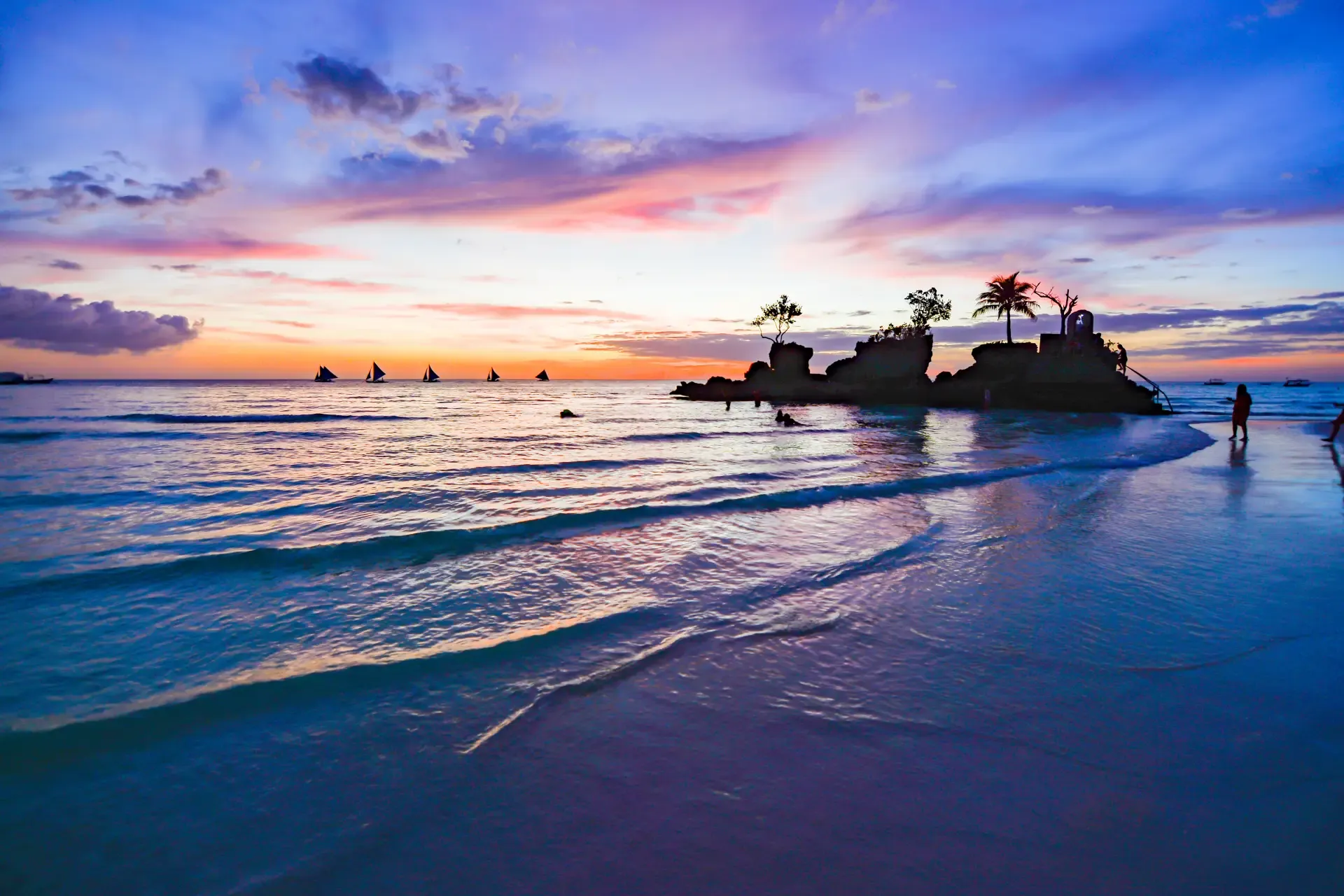Top 3 dive sites Boracay 2026
Where to Dive in Boracay 2026: Our Top 3 Must-See Dive Sites
Boracay offers a dazzling array of dive sites, but if you only have a day or two on the island, prioritizing your dives is essential. At New Wave Divers, we’ve put together our guide to the absolute must-see spots for certified divers in 2026.
Here are the top three dive sites we recommend you add to your itinerary:
1. Camia II Wreck: Boracay’s Best Wreck Dive
The Camia II wreck has become, by far, the most interesting and biologically rich dive site on the island. Sunk purposefully about 20 years ago, this vessel has transformed into a thriving artificial reef.
-
Who it’s for: Certified divers (recommended Advanced Open Water)
-
Depth: The wreck lies at approximately 27 meters.
-
What you’ll see: The sheer biodiversity here is astounding! Look for massive schools of Batfish, hunting Yellowfin Tuna and Bluefin Trevally, and incredible macro life including colorful Nudibranchs, Flatworms, Scorpionfish, and the master of disguise, the Ghost Pipefish.
Diving the Camia II is an unforgettable experience that perfectly showcases Boracay’s commitment to marine preservation.
2. Friday’s Rock: Pinnacle & Coral Ecosystem
Friday’s Rock (or Friday’s Reef) is an iconic site that offers diverse topography and is perfectly suited for newly certified divers.
-
Who it’s for: Ideal for Open Water Divers.
-
Depth: The reef has two sides; the shallower plateau, and the “deep” part reaching 17 meters.
-
What you’ll see: This site features an incredible natural rock pinnacle and artificial coral structures that have matured into a massive ecosystem. You will find a wealth of hard and soft corals, providing homes for amazing species, including the infamous Harlequin Shrimp (often mistakenly called Harouatan Crab) and countless reef fish.
It’s an excellent choice for a vibrant, accessible, and relaxing dive.
3. Diniwid Wall: The Turtle Playground
If you love large marine life and comfortable drift diving, Diniwid should be your final stop.
-
Who it’s for: All certified divers.
-
Depth: Diniwid is a gentle slope, starting with a plateau at 6 to 12 meters and dropping down to 20 meters.
-
What you’ll see: This is one of the best sites to encounter majestic Sea Turtles, large Sea Snakes, and curious Moray Eels. We utilize the gentle current here to our advantage, allowing us to drift slowly along the slope for a longer, more relaxing dive experience.
Dive Boracay’s Top 3 with New Wave Divers
Staying for only 1 or 2 days? This top-3 list is the perfect way to maximize your time.
New Wave Divers proposes the perfect dive package tailored specifically for these three top Boracay dive sites, offered at a special rate. Don’t waste time figuring out logistics—we handle everything.
Check out our certified diver packages in the Certified Diver section of our website to book your trip today!

Wish to know more about diving ? Visit our web site and find out more information or contact us! Our team will be delighted to answer your questions. We hope to hear from you soon!


